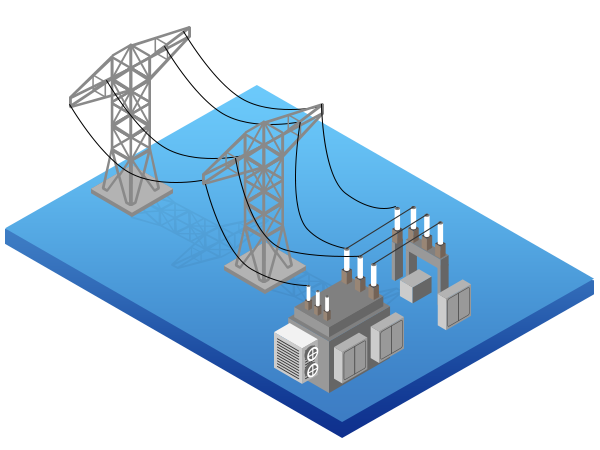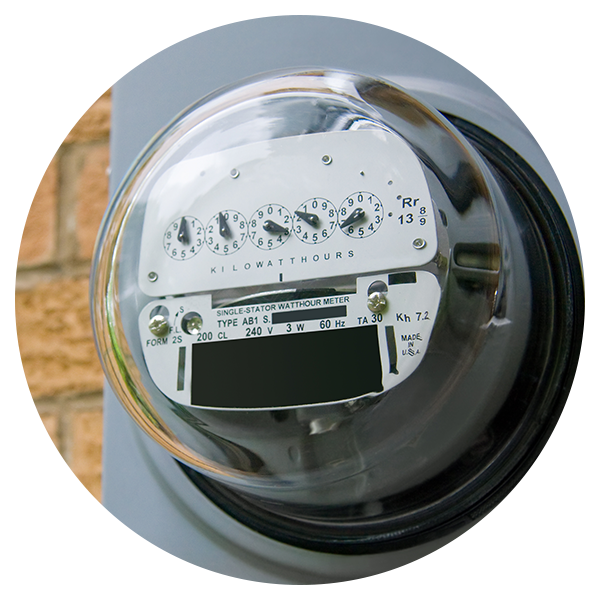What is the average Major Energy utility bill in Ohio
According to EIA estimates the average Ohio residence uses 879 kWh each month and pays a monthly electric bill of $112.21.
However, because electricity delivery and supply rates depend on the utility territory, your actual monthly bill will depend on where you live, your usage, and the time of year.
The Public Utility Commission of Ohio (PUCO) estimates the average Ohio home uses roughly 100 ccf of natural gas per month. Based on a, 2022 EIA price data, the average residential monthly natural gas bill is about $271.30.
However, natural gas supply rates change monthly. Likewise, delivery rates also depend on the utility territory. As a result, your actual monthly natural gas bill will depend on where you live, your usage, and the time of year.

About Ohio Utilities
Ohio's energy choice areas are served by 6 electric utilities and 4 natural gas utilities:
| Ohio Electric Utilities | Ohio Natural Gas Utilities |
|---|---|
| AES Ohio (formerly Dayton Power & Light) | CenterPoint (formerly Vectren) |
| AEP Ohio | Columbia Gas |
| Duke Energy | Duke Energy |
| The Illuminating Company (First Energy) | Dominion Energy |
| Ohio Edison (First Energy) | |
| Toledo Edison (First Energy) |
PUCO oversees Ohio's electric and natural gas utilities. So, when it comes how they serve customers, they share many similarities:

- Electric and natural gas utilities are distribution-only businesses. They only make money by distributing (or delivering) electricity or natural gas through their networks of power lines or pipes. Utilities are responsible for maintaining these networks so that they reliably deliver electricity or natural gas and do so safely.
- If there's an outage or an emergency, customers must contact their local electric or natural gas utility.
- Customers are billed through their local electric or natural gas utility. Utilities also handle meter readings and control the actual physical connections to their customers.
About Utility Default Supply Service
Electric and natural gas utilities are also required by Ohio law to provide electricity or natural gas at a default supply rate to customers who chose not to shop for a retail supplier.
- Electric utilities call their default supply rate the "Price to Compare" (PTC)
- Three natural gas utilities call their default supply rate the "Standard Choice Offer" (SCO). Duke Energy Ohio uses "Gas Cost Recovery (GCR)".
- These default supply rates must be approved by PUCO.
Electric and natural gas utilities can not make money selling default supply. They must pass on the cost of the energy without mark up to their default supply customers.
Ohio Utility Account Numbers
Both electricity and natural gas utilities use customer account numbers to identify the customer, their address, and the type of service rate being charged (residential, commercial, or industrial). Customers can find these multi-digit numbers on their monthly bills and use them when calling the utilities' customer service or when they shop for a retail supplier.
How to identify your electric utility customer account number
All First Energy utility companies use a 12 digit customer account number:
- The Illuminating Company
- Ohio Edison
- Toledo Edison
- AEP Ohio (includes AEP Ohio Power and AEP Columbus Southern) uses an 11 digit customer account number.
- AES Ohio uses a 10 digit customer account number.
- Duke Energy, which handles both electricity and natural gas, uses an 11 digit customer account number.
How to identify your natural gas utility customer account number
- Centerpoint Energy uses a 19 digit customer account number.
- Columbia Gas uses a 15 digit customer account number.
- Dominion uses a 13 digit customer account number.

How long are Ohio Utility Billing Periods?
While the utility bill cycle averages 30 days annually, it can actually run from 28 to 35 days depending on holidays and the number of business days in the month.

Want to order Major Energy?
Will I Get a Major Energy Bill?
The amount you owe Major Energy for your energy supply will be included the single monthly bill you receive from your local electric or natural gas utility.
This bill will outline and add up your monthly charges for your energy supply and the delivery charges from your local utility.
Who Do I Pay?
Monthly bills are paid to your utility. They forward the energy supply payment to Major Energy.
What Changes On My Bill When I Switch Providers?
If you switch providers, your local utility will continue delivering the electricity or natural gas to your home. They will also still take care of processing your payment to your energy supplier no matter who it is.
The only change on your bill will be the name of your supplier and the rate they may charge you.
Please note that according to Ohio law, only the local utility is authorized to connect or disconnect service to your home.

What Are The Charges On My Ohio Utility Bill?
Both electricity and natural gas bill charges are basically divided into two parts; delivery and supply.
- Electricity supply charges are usually shown "generation charge" per kilowatt hours (kWh).
- Natural gas supply charges are listed as "gas supply charge" per hundred cubic feet (ccf).
Utilities charge for delivery to cover the cost for distributing electricity or natural gas over their networks of wires or pipes to home and businesses. Utilities must use electricity and natural gas to operate these networks as well as maintain and repair them to keep them running reliably and safely.
Utilities are also allowed to add on PUCO-approved surcharges to pay for a variety of programs, including energy conservation programs, smart meters, power line or pipeline construction, and other similar cost-recovery fees.
The supply charges cover the price for the electricity or natural gas you get from your local utility at its default supply rate or from Major Energy.
